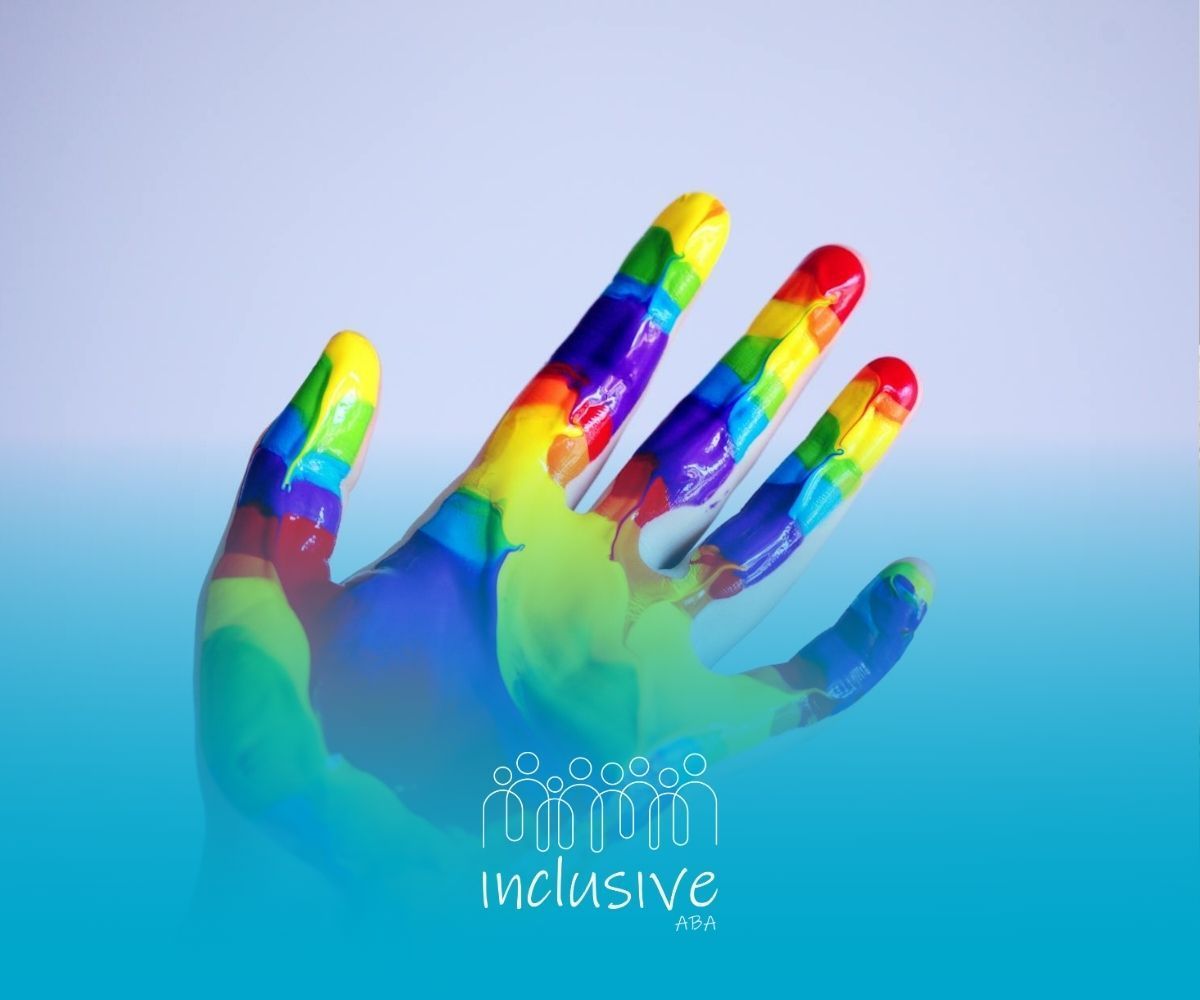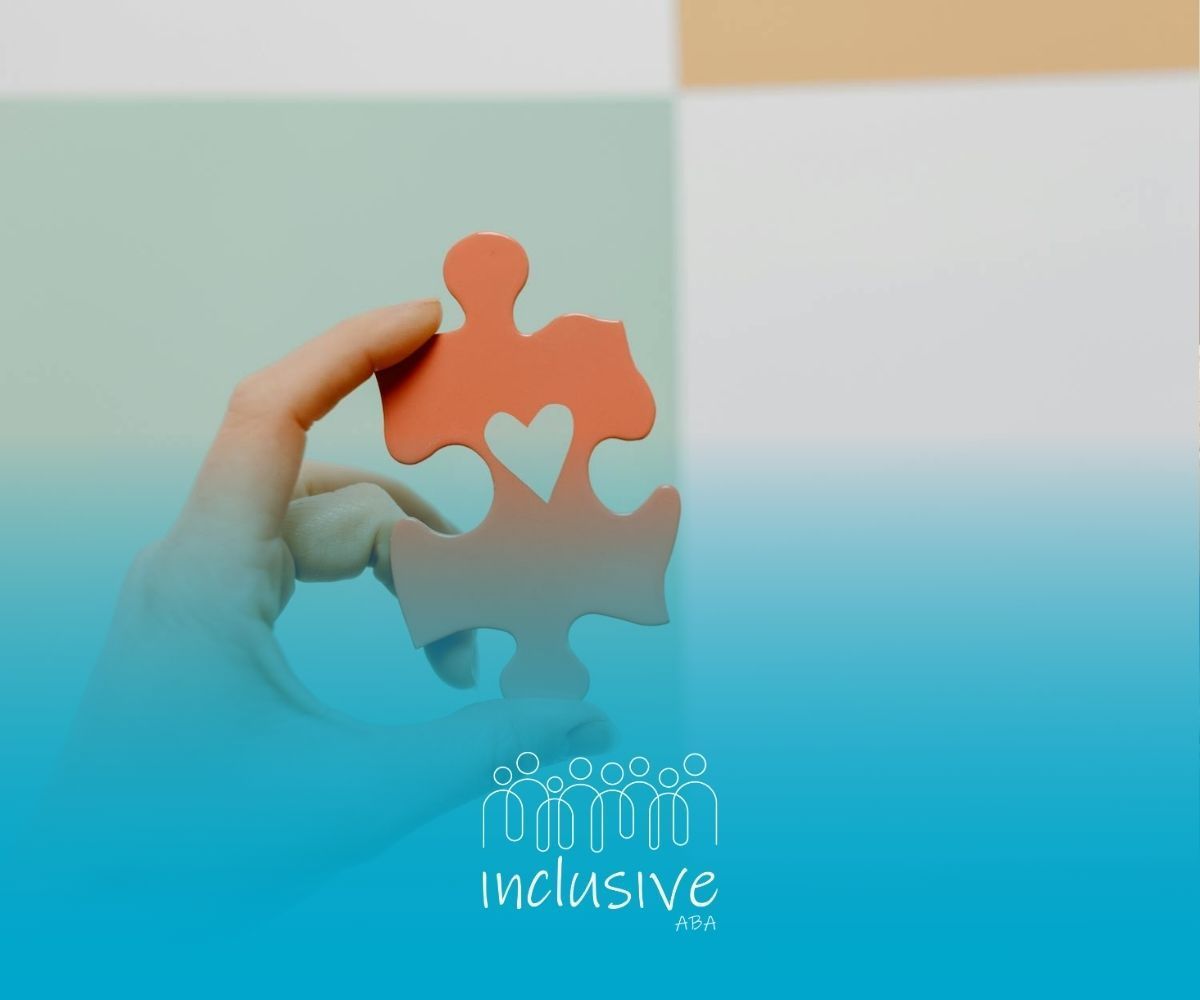What is Autism Spectrum Disorder?
Autism, or Autism Spectrum Disorder (ASD), is a developmental condition that affects how individuals communicate, interact, and experience the world around them. With increasing awareness, parents, caregivers, and therapists often seek reliable information about autism to better understand and support their loved ones.
This guide dives into the essentials of autism—its signs, causes, and treatments—with a special focus on the role of Applied Behavior Analysis (ABA) therapy.
What is Autism Spectrum Disorder (ASD)?
Defining Autism
Autism Spectrum Disorder (ASD) is a neurological and developmental condition characterized by differences in social communication, behavior, and sensory processing. It impacts individuals across all age groups, though it typically emerges in early childhood. Autism is not a disease but a lifelong condition requiring tailored support and understanding.
Why is it Called a “Spectrum”?
The term "spectrum" reflects the wide range of challenges and strengths associated with autism. While some individuals may have significant communication or sensory difficulties, others excel in specific areas such as mathematics, art, or music. The spectrum nature underscores the importance of personalized approaches in both diagnosis and therapy.
Early Signs and Symptoms of Autism
Social and Communication Differences
- Delayed Speech or Non-Verbal Communication: Difficulty in speaking or lack of speech development, often leading to frustration.
- Challenges with Social Interaction: Limited eye contact, difficulty understanding emotions, or reluctance to engage in group activities.
- Echolalia: Repeating words or phrases without understanding their context.
- Preference for Solitude: Choosing to play alone rather than engaging with peers.
Behavioral Patterns
- Repetitive Movements: Hand flapping, rocking, spinning, or other self-stimulatory behaviors (“stimming”).
- Intense Focus on Specific Interests: An unusual fixation on topics like numbers, trains, or animals, often accompanied by encyclopedic knowledge.
- Resistance to Change: Difficulty adapting to new routines or environments.
Sensory Sensitivities
- Hyper-Sensitivity: Overreaction to loud noises, bright lights, or textures such as clothing tags.
- Hypo-Sensitivity: Seeking sensory input, such as enjoying strong smells, deep pressure, or spinning in circles.
What Causes Autism?
Genetic Factors
Research shows a strong genetic component in autism. Certain gene mutations and inherited traits may contribute to its development. However, no single gene is responsible, indicating a complex interplay of genetic influences.
Environmental Influences
While genetics play a major role, environmental factors can also contribute. These include:
- Parental Age: Advanced maternal or paternal age at conception.
- Prenatal Exposure: Exposure to certain medications, infections, or environmental toxins during pregnancy.
- Complications During Birth: Oxygen deprivation or low birth weight.
Debunking Myths
- Vaccines Do Not Cause Autism: Multiple large-scale studies have debunked this myth, confirming no causal link between vaccines and autism.
- Parenting Style: Autism is not caused by parenting practices or a lack of affection. It is a neurodevelopmental condition.
How is Autism Diagnosed?
Developmental Screening
Routine check-ups often include developmental screenings to identify potential delays in speech, motor skills, or social interactions. These screenings are typically conducted by pediatricians using questionnaires and observation.
Comprehensive Diagnostic Evaluation
If a child shows signs of autism, specialists such as developmental pediatricians, child psychologists, or neurologists may conduct a thorough evaluation. This process often includes:
- Parent Interviews: Gathering a detailed developmental history.
- Standardized Tools: Assessments like the Autism Diagnostic Observation Schedule (ADOS) and the Autism Diagnostic Interview (ADI).
- Observation: Monitoring the child’s behavior in structured and unstructured settings.
Importance of Early Diagnosis
Early diagnosis opens doors to interventions that can significantly improve developmental outcomes. Recognizing autism early enables parents and caregivers to access resources, therapies, and educational supports tailored to their child’s needs.
Treatments and Support Options
Applied Behavior Analysis (ABA) Therapy
ABA therapy is a widely recognized and evidence-based approach to support individuals with autism. It focuses on improving specific behaviors, such as communication, social skills, and daily living tasks, through positive reinforcement.
Speech and Language Therapy
Many individuals with autism struggle with communication. Speech therapy helps develop:
- Verbal communication skills.
- Non-verbal communication methods, including gestures and picture exchange systems.
- Social communication strategies for engaging in conversations.
Occupational Therapy
This therapy supports the development of fine and gross motor skills, as well as strategies to manage sensory sensitivities. Occupational therapists often work on skills like handwriting, dressing, and using utensils.
Social Skills Training
Social skills programs teach individuals how to:
- Interpret social cues such as facial expressions and tone of voice.
- Engage in reciprocal conversations.
- Navigate group dynamics and make friends.
Parent Training and Support
Parents play a crucial role in reinforcing therapeutic strategies at home. Parent training programs provide:
- Guidance on managing challenging behaviors.
- Tools for fostering communication and social engagement.
- Emotional support and advocacy resources.
Educational Interventions
Special education programs tailored to the needs of autistic students focus on creating supportive learning environments. Individualized Education Plans (IEPs) help set realistic academic and developmental goals.
The Role of ABA Therapy in Autism Support
How ABA Works
ABA therapy involves breaking down complex skills into smaller, teachable steps. Each step is practiced repeatedly until the child masters it. For example:
- Teaching a child to request their favorite snack by saying or pointing to a picture.
- Encouraging turn-taking during games to build social interaction skills.
Key Principles of ABA
- Individualized Programs: Tailored to address each child’s specific needs and goals.
- Positive Reinforcement: Rewarding desired behaviors to encourage their repetition.
- Data Collection: Monitoring progress through detailed records to adjust strategies as needed.
Benefits of ABA Therapy
- Enhances communication and social skills.
- Reduces challenging behaviors.
- Prepares children for success in school and community settings.
How Families Can Support Their Child with Autism
Building a Structured Routine
Children with autism often thrive on consistency. Maintaining predictable schedules for meals, play, and therapy sessions helps reduce anxiety and improve cooperation.
Encouraging Communication
Even if a child is non-verbal, alternative communication methods like sign language, picture boards, or speech-generating devices can foster meaningful interactions.
Promoting Independence
Encourage your child to develop self-care skills, such as brushing their teeth or dressing, by breaking tasks into manageable steps and celebrating progress.
Fostering Social Connections
Provide opportunities for your child to interact with peers in a controlled and supportive environment. This can include:
- Playdates with understanding friends.
- Participating in community activities designed for children with autism.
Celebrating Strengths and Achievements
Every child with autism has unique talents and strengths. Recognizing and celebrating these qualities builds self-esteem and encourages further development.
Conclusion
Autism Spectrum Disorder is a multifaceted condition that affects each individual differently. From understanding its signs to exploring treatment options, parents and caregivers play a crucial role in supporting children with autism. This guide has covered the essentials of autism—its causes, signs, diagnosis, and effective therapies like ABA.
If you’re searching for compassionate and effective autism therapy, Inclusive ABA is here to help. Our team specializes in creating tailored ABA programs that meet your child’s unique needs, whether at home, in school, or in the community. Contact us today to learn how we can support your journey to a brighter future!
FAQs
What is the difference between autism and Asperger’s syndrome?
Asperger’s syndrome, previously considered a separate diagnosis, is now part of the broader autism spectrum. Individuals with Asperger’s typically have milder symptoms and strong verbal abilities.
Can autism be cured?
Autism is not a condition that can be “cured.” However, therapies and interventions can significantly improve skills, independence, and quality of life.
What age does autism typically appear?
Signs of autism usually appear by age 2 or 3, but some indicators may be noticeable as early as 18 months.













